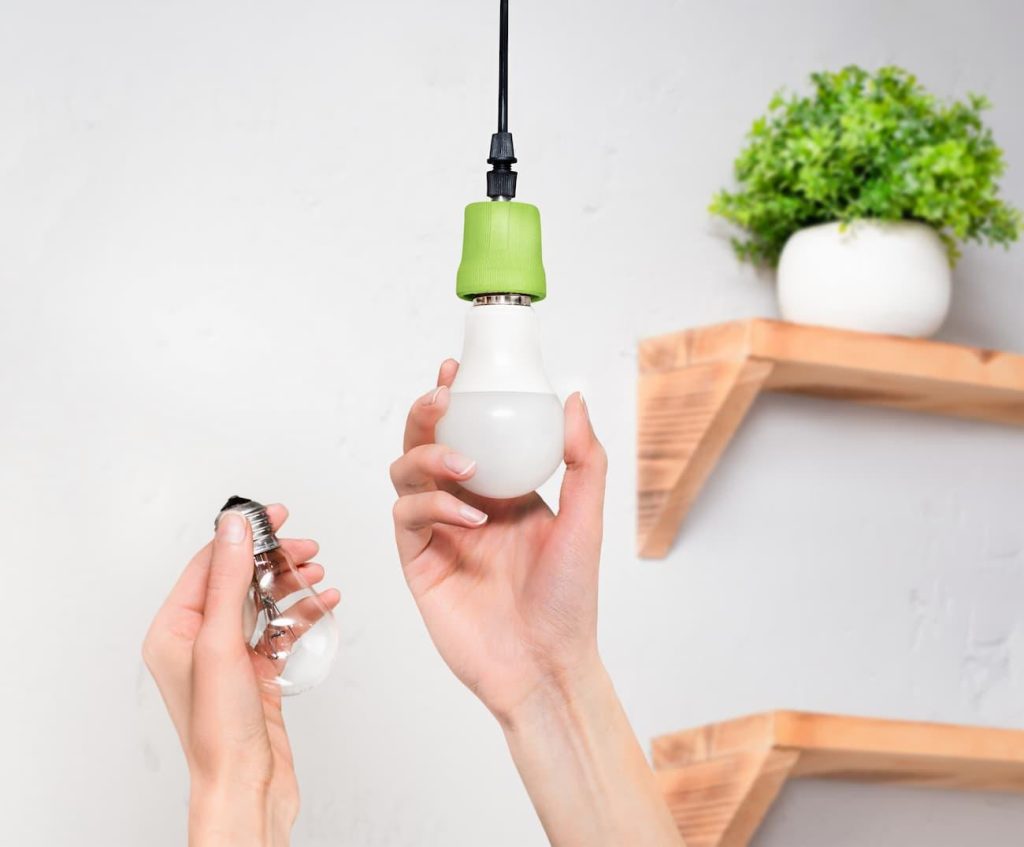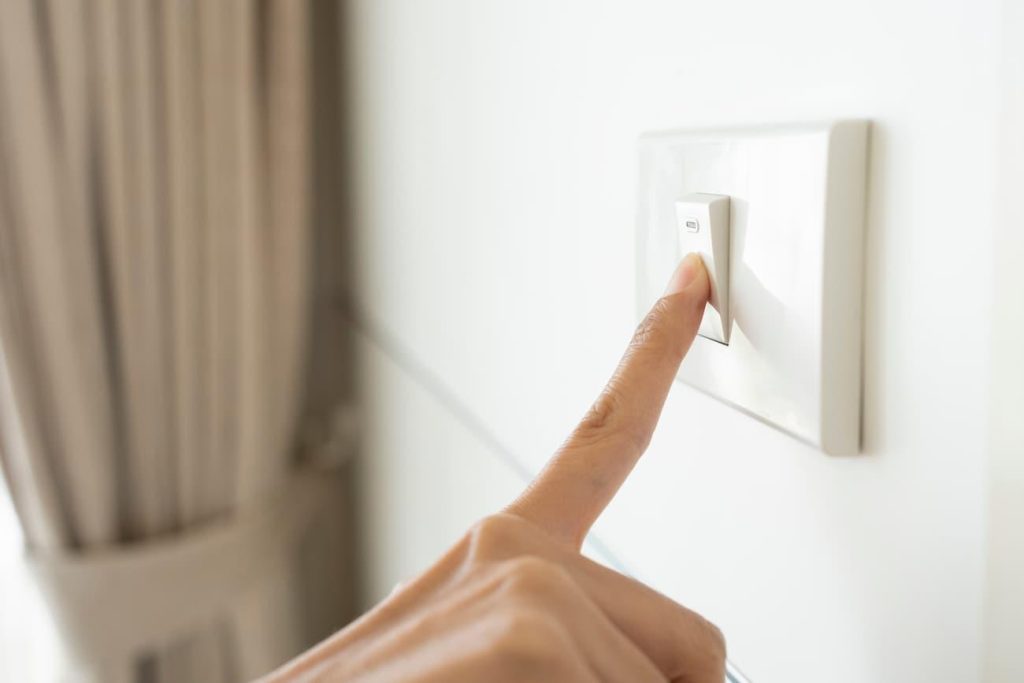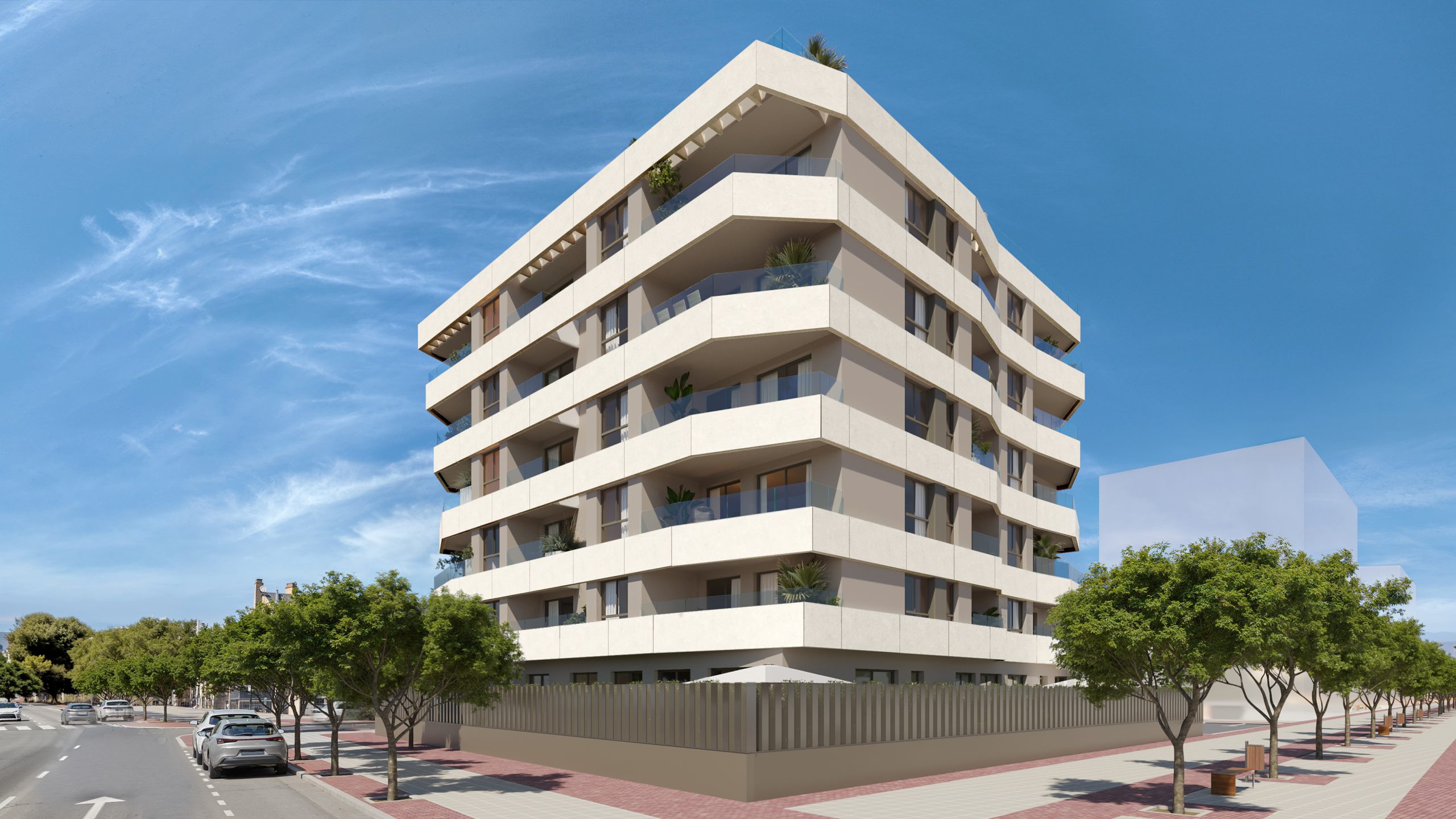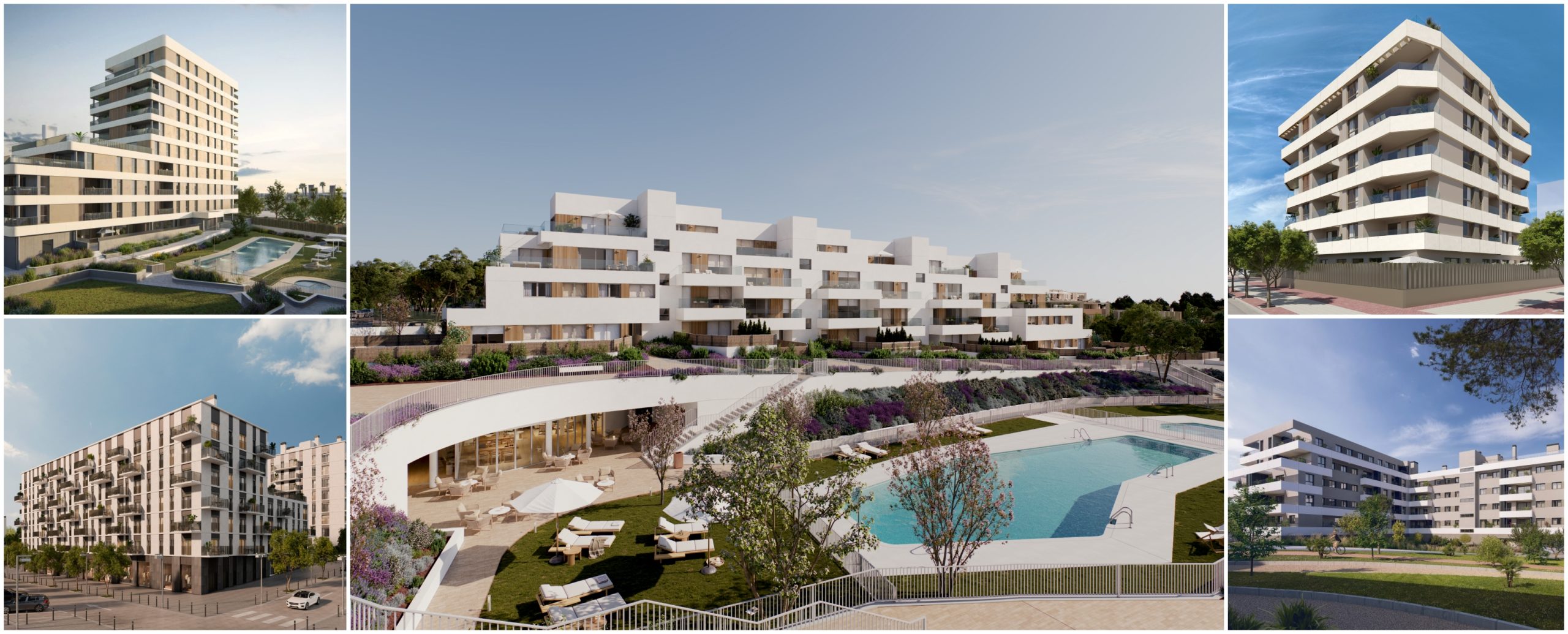How to set up your electricity supply in a new house? Requirements and steps to follow

Once you’ve bought a new house, the first thing you need to do is set up your utilities. You need to set up your water, gas and Internet supplies, to name but a few. Setting up your electricity supply for the first time might seem complicated, but with access to the right information, it can be rather straightforward. First things first, you need to make sure you have a suitable electrical installation, that’s usually the developer’s responsibility when it comes to new builds. If this isn’t the case, you’ll need to get in touch with an installation company to get a quote and have it installed, otherwise you won’t be able to set up your electricity supply. Keep reading to learn how to set up your electricity supply!

How to set up your electricity supply for the first time?
If this is the first time dealing with this process, you need to know how to get the electricity supply set up for a new home. Although it might seem mundane, getting all set up is much more straightforward than it sounds.
Firstly, you need to know who to contact for each step of the process. So, you’ll need to know the difference between an electricity distributor and an electricity company. The former deals with actually supplying electricity to consumers through the distribution network, managing the infrastructure of cables and transformers, among others. The latter usually encompasses various functions of the electricity supply chain, including generation, distribution and selling. In other words, when a user is looking to connect a new property to the electricity supply, the request goes through the electricity distribution company operating in that specific area, which deals with all aspects required to connect the property to the electricity grid. Next, the electricity company gets in touch with the distribution company to get the electricity supply set up in the user’s home.
Having cleared that up, by following the steps below getting the electricity supply set up in your home will be quick and straightforward:
- Identifying the distributor: before starting, find out who the electricity distributor in your zone is. This way, you’ll know who to get in touch with.
- Contracting the electricity company: choose the electricity company you want to be supplied by. Look into costs by comparing rates and conditions before coming to a decision.
- Electrical installation certificate: make sure that the home’s electrical installation complies with regulations in force and holds the corresponding electrical certificate.
- Set up request: contact the distributor to request the electricity supply to be set up. Provide the address of the property, personal details and any additional information required.
- Schedule the installation: the distributor will schedule a visit to set up the electricity supply. This is the end of the process of setting up the electricity supply for the first time.
How much does it cost to set up the electricity supply?
The cost of setting up the electricity supply depends on a number of factors, such as the power contracted and the rate. Some of the associated costs may include:
- Service connection charges: the costs associated with connecting the electricity supply, ensuring that it’s up and running. If this is the first time you’ve had to set up the electricity supply, you should be aware that connection fees can vary between the different electricity distributors and supply companies.
- Access charges: refer to the charge for connecting to the electricity grid.
So, how much does it cost to set up the electricity supply? The total approximate cost is somewhere between €100 and €150, but you should check with the distributor to get more specific information.
After setting up the electricity supply, the electricity company will start charging you. AQ Acentor has some monthly energy consumption money-saving tips.
What do you need to set up the electricity supply?
Once you’re familiar with the process and the set-up costs, the next step is knowing what is needed to set up your electricity supply, in terms of requirements and documentation alike.

Requirements to set up the electricity supply
The requirements or the rates to set up the electricity supply can vary slightly from one company to another, however, at the very least you need to take the following into account:
- Obtain the Electrical Installation Certificate (CIE) or Electrical Certificate in order to verify that installation complies with current regulations so that the electricity supply can be set up.
- Provide the personal details of the account holder, to draw up the contract to set up the electricity supply and communicate with the company.
- Provide the full address of the property in which the electricity supply is to be set up.
- Specify the amount of electrical power (kW) needed, which, in turn, will affect the bill.
Documents required to set up the electricity supply
Whether the property is a new-build or otherwise, the documents required to set up the electricity supply are:
- Account holder National ID Card.
- Certificate of registered domicile.
- Rental contract of property deeds.
- CUPS number (Universal Supply Point Code), which can be obtained by contacting the distributor.
How long does it take to set up the electricity supply?
If you’re moving shorty, you’ll be keen to know how long it takes to set up the electricity supply from start to finish. It depends but, generally speaking, the distributor sets up the connections within 5 to 7 business days after receiving the request. However, factors such as the availability of technicians, not to mention geographical location can affect how long it takes to get this supply up and running.
You’ll now have no issue getting your electricity supply set up when you get the keys to your new property. As you can see, although it might seem overwhelming, following a few simple steps and making sure you have your documentation in order to set up your electricity supply is pretty straightforward. Remember to compare rates between electricity companies to find the best option that suits your needs. With the electricity up and running, you’ll be one step closer to turning your new property into a cosy home.


